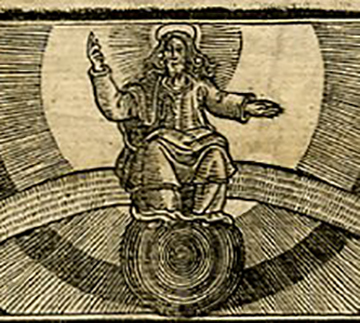Conclusion
After this interaction, the Dean sets Young free. Interestingly, this is due in part to the two women who were taking care of her children, who begged him to do so. As Levin notes, “[w]hen told this makes [the women] suspicious as heretics themselves, they respond with the most practical and womanly reasons why they want Elizabeth Young: they are not heretics, but they are caring for her children” (204). As they say, they are “threatened to stand to the keeping of her child” if she is martyred (Foxe 1877). Here, not only is Young set free to attend to her motherly duties, these women are free of suspicion for their own feminine concerns.
Elizabeth Young is an unruly woman who doesn’t fit into the role of the virtuous woman. She is loud and speaks her beliefs boldly. She is a distributor of knowledge, and she is not a virgin. Most importantly of all, she does not die at the end of her story. This makes her difficult to control, and the silence surrounding her life after the examinations reveals what little worth was placed upon such difficult women. However, during her examinations, Young purposefully navigates this narrow space, utilizing the patriarchal assumptions surrounding virtuous womanhood during this time to subtly assert authority. Young leans into the ignorance that these men expect of her in order to establish her parameters. Then, she mercilessly debates her examiners, using the scriptures to give authority to her arguments. Young is an important figure because her examinations are necessary to a well-rounded understanding of women’s role in Early modern society. Throughout her examinations, Young uses the restrictions placed upon her to her advantage, in order to assert authority and thwart her questioners.
